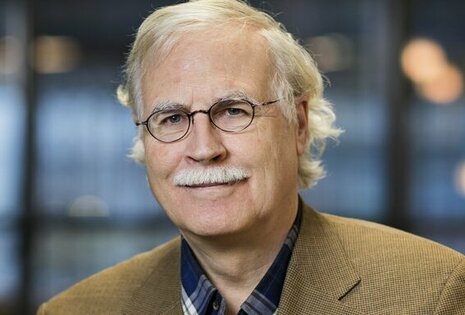
Think Systems
Our own Eindhoven Institute For Renewable Energy Systems (EIRES) teaches us that there’s more to the energy transition than using renewable energy and insulating walls, roofs, and floors in as many houses as possible. These are great steps forward, but we will need to do more than that to make a real difference.
System thinking is the key to an optimal approach. In – very – short it is about weighing solutions and assigning them the role that maximizes their impact. It is also about looking at challenges from a fresh perspective. Like calling in the help of AI to solve a seemingly impossible puzzle.
Too simple
Currently, a homeowner can ask three experts for advice on how to make a house more sustainable and get three completely different types of advice. According to Lisanne Havinga, assistant professor at TU/e and EIRES Board member, that is because most models used by the government, municipalities and agencies are too simple. They are based on average values, like temperatures and numbers and types of occupants.
A different approach
Lisanne developed “De Rekenkern” which translates into “The computational core”. This is a model that takes much more variables into account and lets users assign priorities to those variables. Such as summer vs winter, the desired reduction in CO2 -emissions, and a very important parameter for governments and Housing Associations: implementation costs.
The current version is what she calls the “light version’. Still, it helped find the optimal sustainability profile for hundreds of houses already, particularly in the Amsterdam area. Thanks to the Rekenkern, these houses got a significant upgrade in sustainability. And the big bonus: each house took no longer than one day to renovate.
Lisanne now aims to create a more powerful version of her model, allowing all kinds of organisations to make impactful steps towards sustainability.
Lisanne Havinga: driven to make a difference
Lisanne studied Architecture at TU/e. After that, she started working but soon became dissapointed in the the way sustainability is implemented. She felt it was often more about decoration and accents that about the real issues.
Lisanne chose not to stand at the sidelines and to contrinute to the energy transition. She returned to science and began a PhD at TU/e on behalf of the City of Amsterdam. During this time, she became involved in several national government consultations and climate agreement negotiations.
Lisanne is currently also an EIRES Board member. You can find her TU/e profile here.
For this item we used content from this article on the Brainport Eindhoven site.

![[Translate to English:] [Translate to English:]](https://assets.w3.tue.nl/w/fileadmin/_processed_/f/e/csm_Fred%20En%20Thea%20Philips_b8e6e9e62e.jpg)

